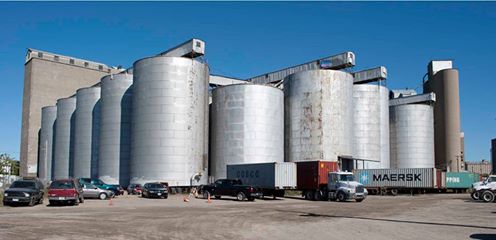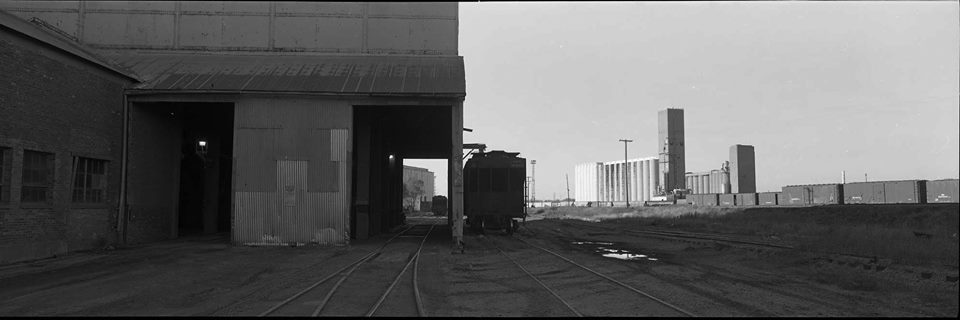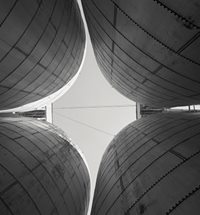 The current historic preservation issue in Minneapolis right now is not a campaign to save a building because its gingerbread ornamentation is too precious to lose.
The current historic preservation issue in Minneapolis right now is not a campaign to save a building because its gingerbread ornamentation is too precious to lose.
The slightly rusty and unornamented round steel sides of the Electric Steel Elevator complex in Prospect Park, part of a large complex of tall concrete cylindrical grain silos, may face demolition. The University of Minnesota’s Board of Regents may decide to purchase this site to expand its recreational programs with what has been called a “sports bubble.”
However, a coalition of various citizen interest groups wants to teach this educational institution a history lesson.
Instead of a “sports bubble,” the University has the opportunity to be consistent with their educational goals. Creating an interpretive plaza can inform the public of the role of this entire mill elevator site. The wheat farming and milling economy has been very influential in the Minnesota economy. This recognition has not been given proper acknowledgement in Minnesota economic history.
Architectural historian Robert M. Frame has studied storage facilities that supported the state’s wheat farming and milling industries, and says steel was one of the early choices for as an alternative to wood before concrete eventually became selected as the material for thousands of grain silo complexes throughout Minnesota and the nation. The only other steel elevator in Minnesota was taken down in 1995.
A coalition of local citizens, many outside of the historic preservation movement, are opposing the U of M plan to raze these significant silos, and are sending emails to the Capital Planning & Project Management office. U of M administrators will make their decision in the next several days.
You can help teach the U of M a history lesson: send your email to: [email protected].
[Photos that follow were take by photographer Chris Faust in 2011, during the waning days of the Elevator’s operation when it was being leased by Anheuser Busch to hold barley and hops.]



